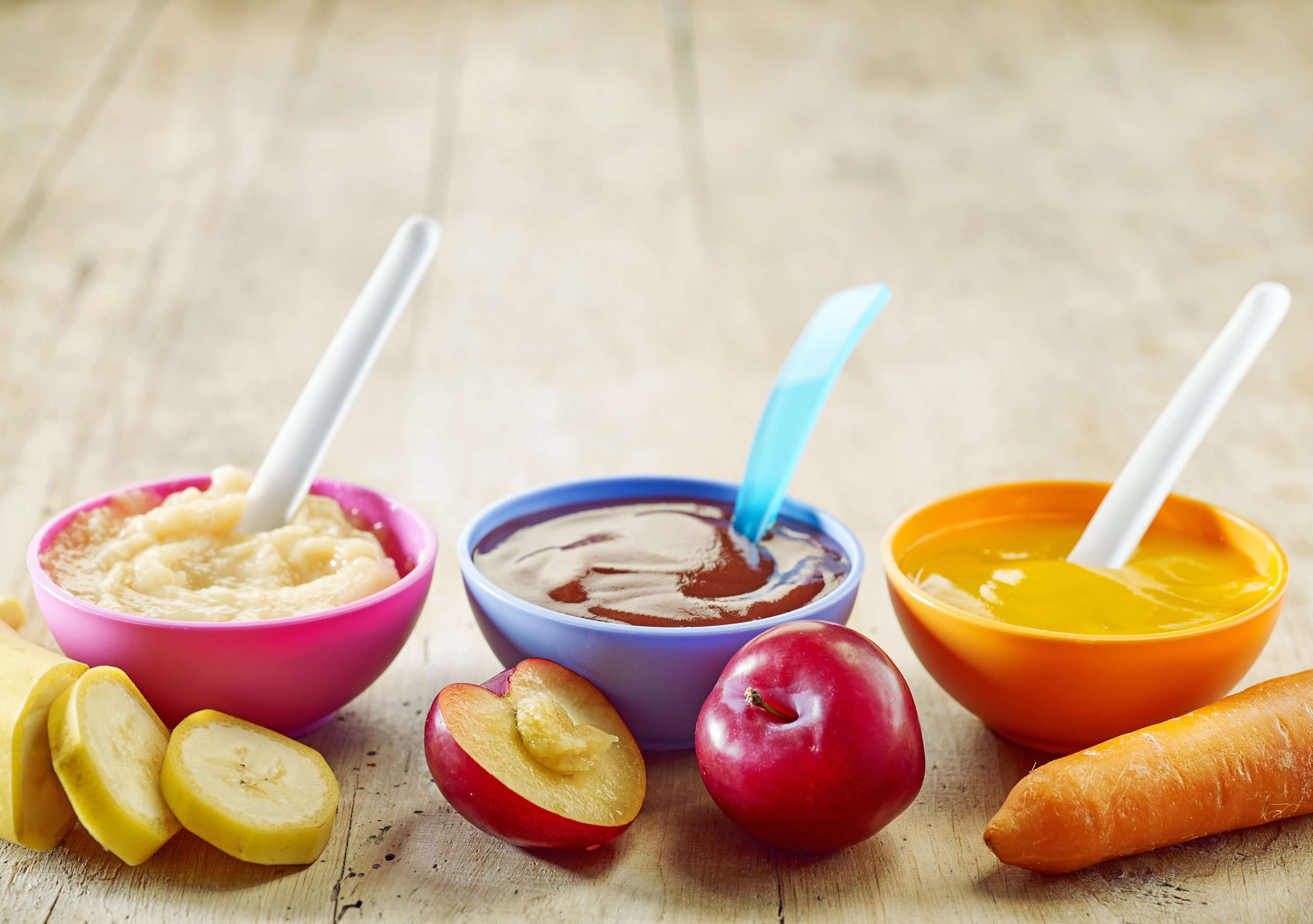

When Your Baby Isn’t Gaining
Hearing the words “poor weight gain” can be devastating for new parents. Find out what you need to know and how to move forward while making sure your baby is getting what she needs.

Baby Led Weaning: When Baby Won’t Swallow
Pocketing food is common when baby is first introduced to chewable foods. Learn how to help your baby chew and swallow with a baby led weaning approach.

How to Overcome Bottle Refusal
Bottle refusal can be extremely stressful for breastfeeding mothers returning to work. Here are some helpful tips on easing the transition from breast to bottle.

how to bottle-feed your baby
A quick guide on how to bottle-feed your baby well by choosing the right bottle, offering appropriate

Paced Bottle-Feeding
Coughing and choking during bottle-feeding can be managed using paced bottle-feeding. Help your baby develop better feeding skills using this technique.

Toddler Troubles?
Mealtimes with toddlers can certainly be tricky. You are not alone! Read to learn more about managing mealtimes with toddlers!

Helping Your Baby Learn to Chew
The transition from purees to table food can be very scary... for parents. Even when babies are ready, developmentally and physiologically, well-intentioned parents sometimes hesitate and find themselves unprepared for the pending shift in mealtime control. Here are some tips to help ease you and baby into this next phase of life!

3 Tips to Help Your Breastfed Baby Take a Bottle
Advice from feeding experts on how to take the stress out of transitioning your breastfed baby to a bottle. Whether you are returning to work or just looking to have others feed your baby while you are out, learn why some babies struggle and how to manage the process using a responsive feeding approach.

Top 10 Holiday Gift Ideas for Baby
Make shopping for the baby in your life easy with these recommended products from the feeding experts at Help with Feeding. Choose products for introducing purees, baby led weaning, or cup drinking.

How to Change Picky Eating with Your Mealtime Approach
Feeding is a conversation between a parent and their child. Learn how your feeding style impact's your child's acceptance of food and overall intake as well as tips on managing mealtimes with picky eaters.

Three simple ways to help your baby try new foods
Do you find yourself offering the same food over and over and watching intently hoping your child might pick it up and actually eat it today? Don’t worry you’re not alone! It may be time to take a step back and think about how you are offering that food.

What to Do About Gagging
The introduction to solids often comes with some scary moments as babies are likely to gag at some point in this journey. Learn how to help make the transition easier for both you and baby and get our free download now!

Tongue Ties: A Speech Pathologist's Perspective
There are many reasons that newborns have difficulty with feeding in the first several weeks and months of life. Feeding is a complicated process that involves 26 muscles and 6 cranial nerves. Infants begin sucking between the 18-24th weeks in utero and swallowing is observed consistently by 22-24 weeks. What does this mean? Their feeding pattern is developed and engrained months before they are born.

dips and dippers!
Supporting self-feeding from the beginning is critical whether you are transitioning your baby to purees or table foods. Spoon, feeding tools, and foods can be great for encouraging chewing skills and safe management of both baby food and whole foods offered in a baby led weaning approach.

Pocketing: When Your Child Won't Swallow Table Food
There are many reasons that a child may pocket food rather than swallowing it - some include: Being afraid to swallow due to a past choking incident Preventing others from force feeding Protecting their airway (and knowing that it is not safe to swallow) An immature swallow pattern can prevent them from swallowing appropriately Limited awareness/sensation of the food in their mouth Enlarged tonsils/adenoids The first step to help your child at mealtimes (no matter what the cause) is making sure that you are being a responsive feeder.

Baby Led Weaning or Spoon-Feeding?
As with most issues in feeding, we tend to take a "middle of the road" approach. We believe there are some really positive messages contained in the Baby Led Weaning movement, however we also believe that skills learned during the spoon-feeding phase are equally as important. As early as two months, babies learn to hold things and quickly begin bringing objects and toys to their mouths between 3-4 months of age. By 6 months old, typically-developing babies demonstrate oral motor skills

Straw Drinking 101
Infants can typically learn to drink from a straw between the ages of 8-9 months old, sometimes earlier. The trick is to find the right type of straw cup and/or activity that will help them learn this oral motor skill. Moving on to a straw cup can be helpful for older infants who have refused a bottle. We have had good success teaching this skill using the Rubbermaid Litterless Juice Box (for those of you who live locally, you can find them at Wegmans in the Tupperware aisle).

Introducing the Bottle to Your Breastfed Baby
There are many reasons to introduce the bottle to your breastfed baby and supporting flexibility around feeding is one of them. Whether you will be returning to work full-time or are just looking to make sure your baby can be fed if you are apart for a few hours, we have some tips to help this introduction go smoothly as well as ideas on how to move forward if it does not. Most importantly, do not wait until you are unavailable to introduce the bottle!

Combining "Old" and "New" Foods to Encourage Acceptance
This strategy can help during the transition to purees as well as table foods. For the baby working on spoon-feeding, add a teaspoon of a new food to a serving of a familiar purée. This can be helpful with green vegetables as well as meats if your baby is having difficulty tolerating certain flavors or textures. After she accepts the new "mixture", increase to two teaspoons of new food and continue to slowly increase the amount.


